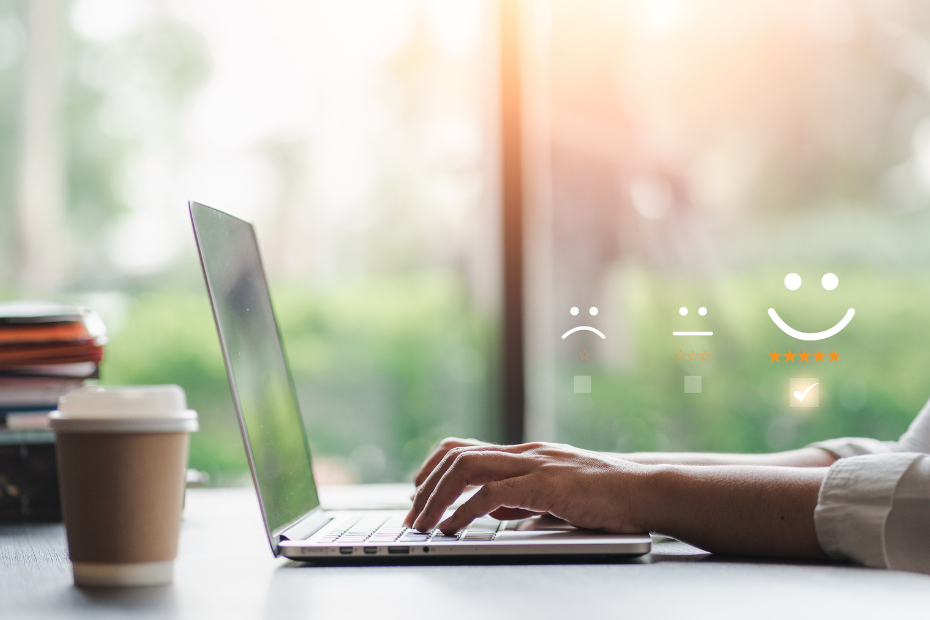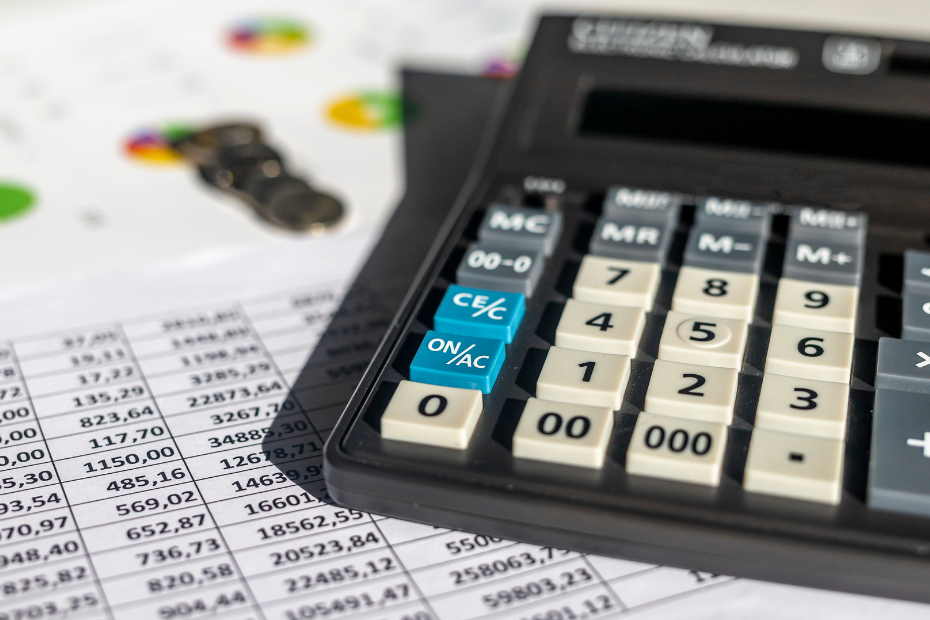Published January 16, 2024 • 4 Min Read
If your business is facing oversized debt, doesn’t have sufficient credit to continue operating, or is struggling through a downturn in the economy, you may be considering bankruptcy. Here are answers to the top questions to help you decide if it’s the right move.
If you are potentially facing business bankruptcy, the process can feel complex and overwhelming, and you may not know where to start — or if it’s even the right option for your business.
Here are answers to the ten top questions to help you navigate this challenging time in your business.
1. What is business bankruptcy in Canada?
A: Bankruptcy in Canada is governed by the Bankruptcy and Insolvency Act (BIA). It begins when a company can’t meet its financial obligations, and selling all its assets would not generate enough money to cover its debts.
2. Am I eligible to declare bankruptcy in Canada?
A: Under the BIA, you must meet the following requirements to be eligible for corporate bankruptcy in Canada:
-
You owe at least $1,000
-
Your business has debt greater than the sale value of its assets
-
You cannot pay your debts when they become due
3. How is the bankruptcy process different for sole proprietorships and partnerships versus incorporated businesses?
A: If your business is a sole proprietorship or a partnership, it is important to note that you and your business are the same legal entity; the bankruptcy of your business will result in personal bankruptcy as well. So, your personal assets would be included in the bankruptcy and might be sold to pay off the business’s debts.
If your business is a corporation, your personal assets are not involved as you are not personally liable for any debts. An exception is if you have personally guaranteed a loan.
4. What happens to my assets during bankruptcy?
A: When a business goes bankrupt, a Licensed Insolvency Trustee (LIT) will take over all assets and sell them off to cover the debts owed to the creditors. Unlike personal bankruptcy, no corporate asset or income is exempt from being seized.
5. What happens to my debts?
A: Your assets will be used to settle your company’s debts. The BIA ranks the order of priority in which your company’s debts are repaid. If you have more debts than assets, some creditors will not get paid — by filing bankruptcy, you will no longer need to repay them.
6. What is the role of a Licensed Insolvency Trustee?
A: LITs are the only people qualified in Canada to help you through bankruptcy. Once you have started the bankruptcy process, the LIT will take possession of your company’s assets. Your LIT is responsible for selling those assets and distributing the proceeds to creditors based on their ranking set out in the BIA. A LIT can also walk you through options available besides bankruptcy.
7. How long is the bankruptcy process?
A: The short answer is “it depends,” as the length of time to sell assets and settle debts will vary depending on the complexity of your company and the number of creditors. The typical range for a corporate bankruptcy process is 9 – 36 months.
8. Can I continue to operate my business while going through bankruptcy?
A: When you file for bankruptcy, your operations will stop, and your business will close down. However, there are alternatives to bankruptcy that enable you to continue operating.
9. What are the alternatives to bankruptcy?
A: Bankruptcy is not the only option, even if your business faces overwhelming financial challenges. If you seek advice and assistance early, it is possible to recover. For instance, corporate reorganization is an alternative to bankruptcy, where a company can restructure its outstanding debt and operations in order to improve its financial situation. Other debt relief options, such as debt consolidation and corporate proposal, could help you avoid corporate bankruptcy. A LIT can walk you through the options.
10. Can my business recover after bankruptcy?
A: If you do file for corporate bankruptcy, that business as you know it ceases to exist. But, it is possible to start another business. It’s important to be mindful that rebuilding your credit is an important first step, and if you start a business in the same industry, rebuilding your reputation will also be critical.
This article is intended as general information only and is not to be relied upon as constituting legal, financial or other professional advice. A professional advisor should be consulted regarding your specific situation. Information presented is believed to be factual and up-to-date but we do not guarantee its accuracy and it should not be regarded as a complete analysis of the subjects discussed. All expressions of opinion reflect the judgment of the authors as of the date of publication and are subject to change. No endorsement of any third parties or their advice, opinions, information, products or services is expressly given or implied by Royal Bank of Canada or any of its affiliates.
Share This Article






